
Start and Scale your Million Dollar Amazon Store
Without eventually using your own capital or touching a single product.
Selling on Amazon has been featured on:



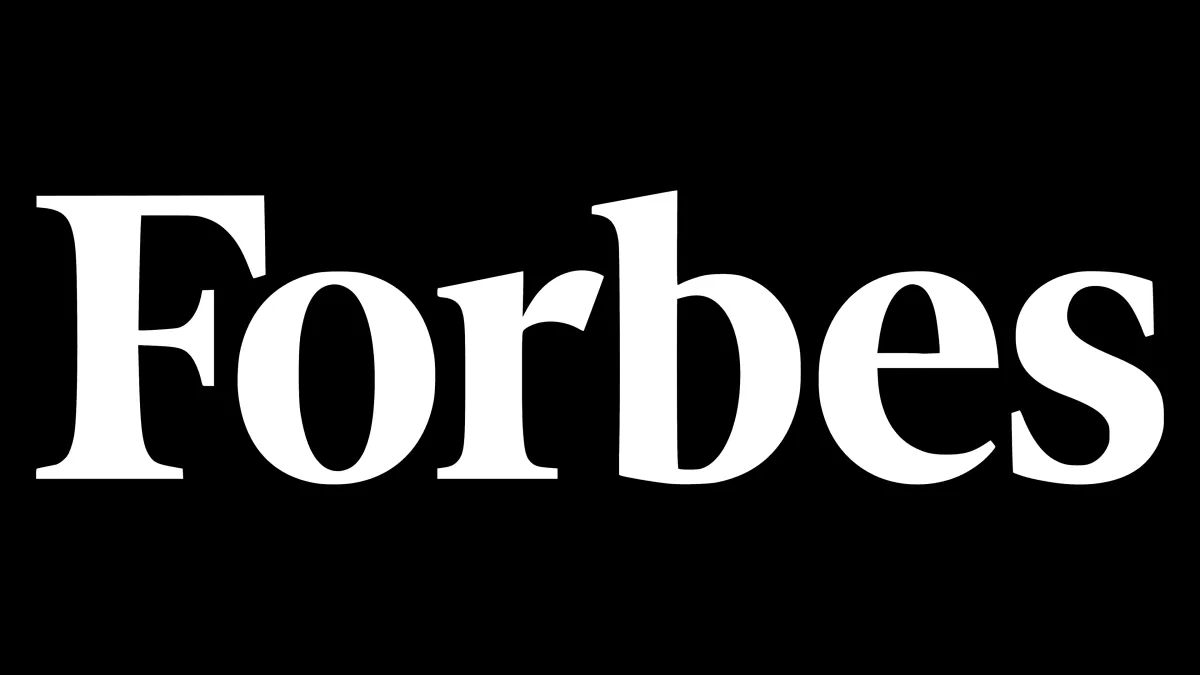


How Does Amazon FBA work exactly?
You do not need to create your own product, brand, listing, or run any ads.
You find and buy brands/products that are already popular on Amazon and are already selling.
You do not need to deal with a manufacturer or any outside the U.S. companies to make the items.
You find these products cheaper on discounted retail stores, websites, and distributors.
You do not need a ton of upfront capital to start.
Low risk since you have backed up prehistorical data that these items are already selling and can also return the items back.
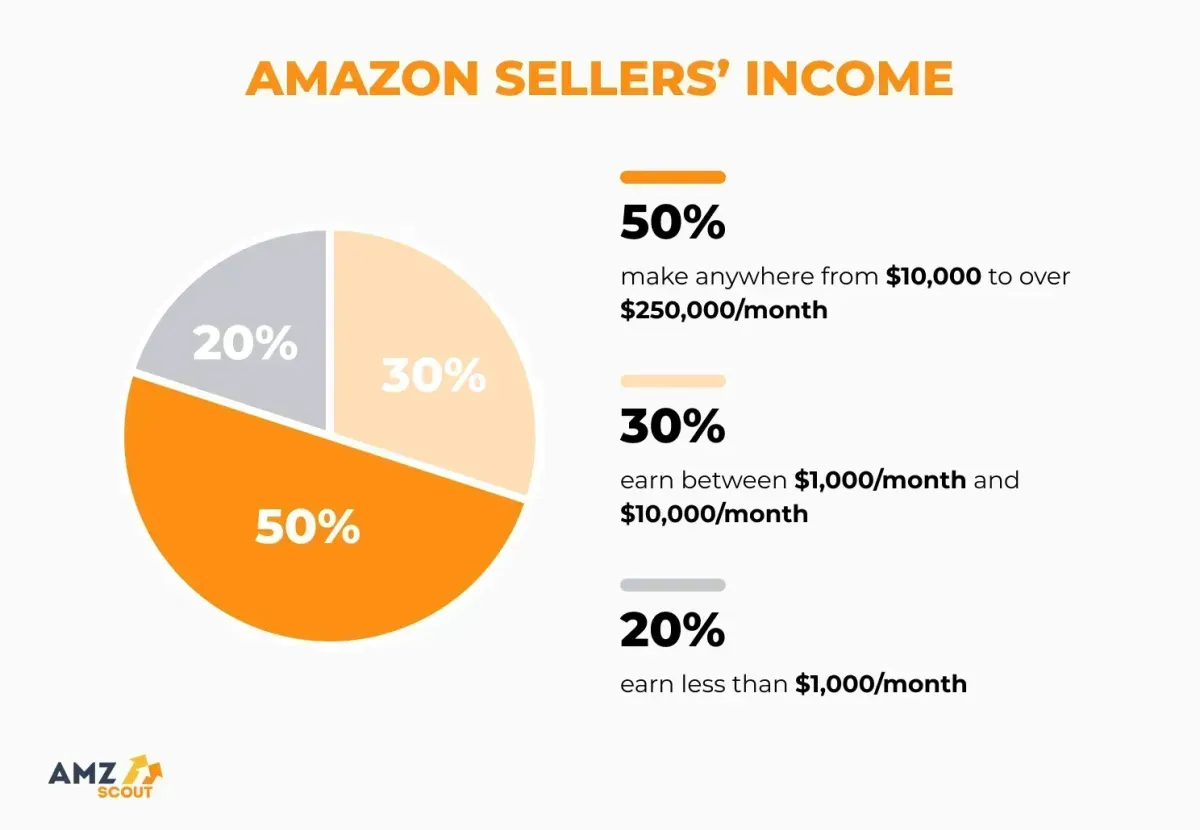
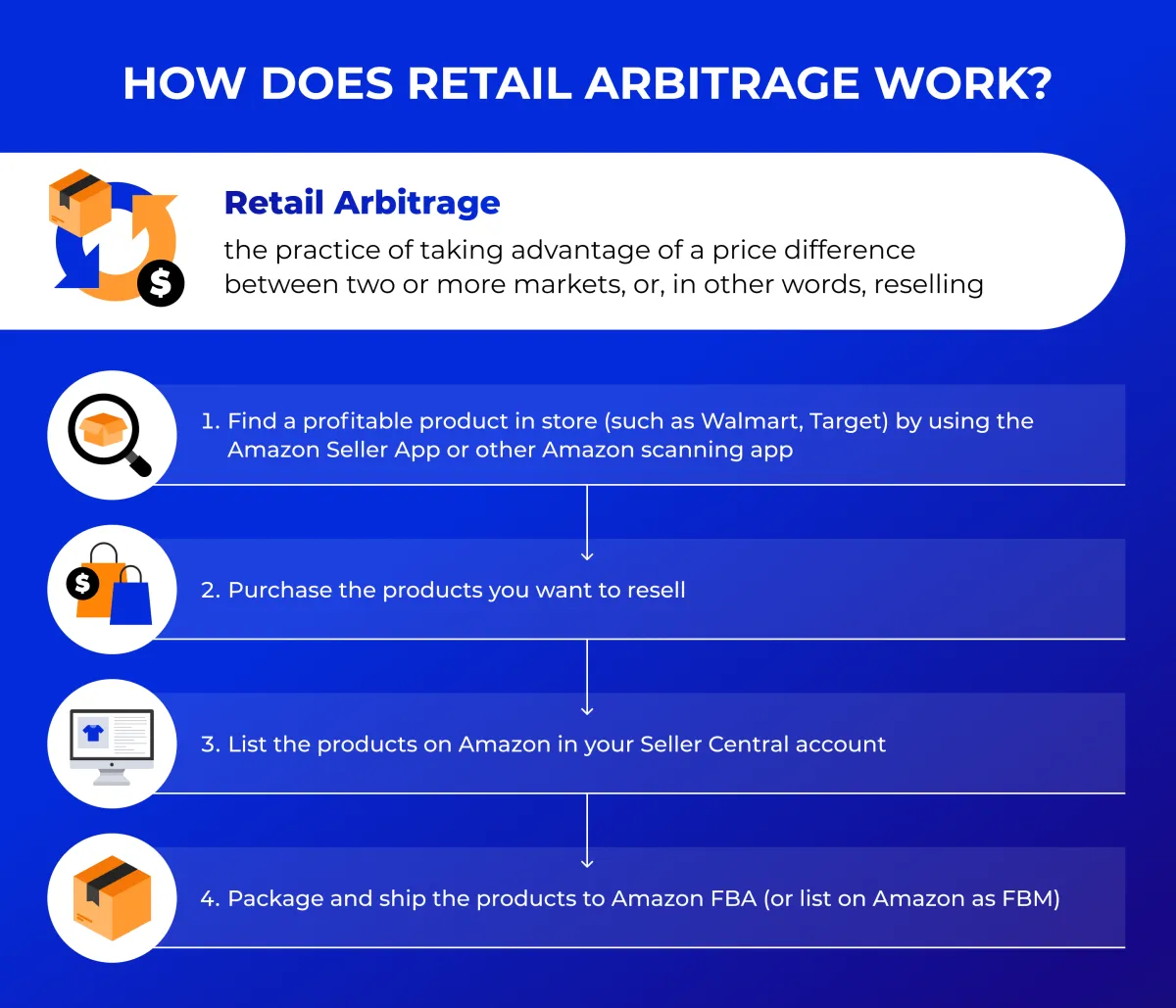
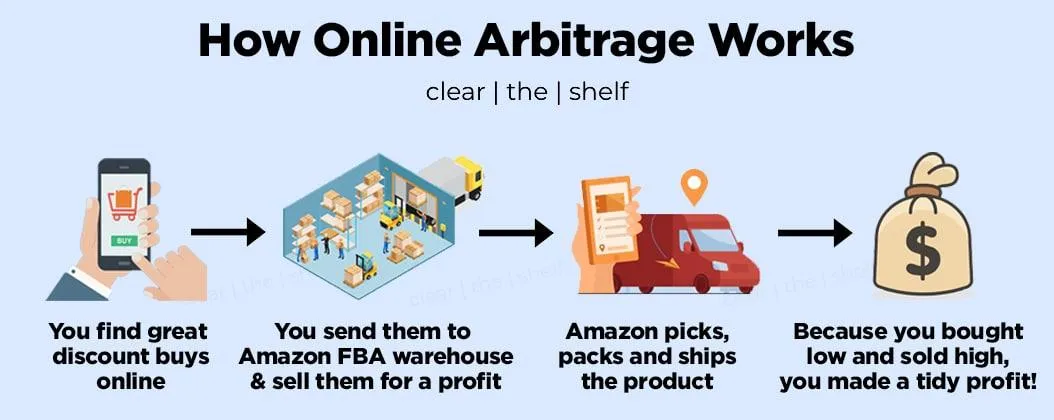
How Does Amazon FBA work exactly?
You do not need to create your own product, brand, listing, or run any ads.
You find and buy brands/products that are already popular on Amazon and are already selling.
You do not need to deal with a manufacturer or any outside the U.S. companies to make the items.
You find these products cheaper on discounted retail stores, websites, and distributors.
You do not need a ton of upfront capital to start.
Low risk since you have backed up prehistorical data that these items are already selling and can also return the items back.



Success Stories
Muhammad Amine over $120,000 in less than 10 Months!
Amine had a 60 Hours per week full time job as a Barback, on the little time off he had, he would buy outrageously profitable products.
It didn't matter whether Amine was sleeping or working at his job, his store on Amazon kept pumping sales that kept compounding month over month.
He now sells over $120,000 in only 11 Months and 23 days. He was able to replace his full time job and he doesn't have to work a job again!
Amine Partnered up with other successful Amazon Sellers in the Community and they now run multiple businesses together. He's now much fitter, healthier, and happier since he has a lot of free time to do what he really loves the most, while still having time to maintain a healthy lifestyle.
Muhammad Amine over $120,000 in less than 10 Months!
Amine had a 60 Hours per week full time job as a Barback, on the little time off he had, he would buy outrageously profitable products.
It didn't matter whether Amine was sleeping or working at his job, his store on Amazon kept pumping sales that kept compounding month over month.
He now sells over $120,000 in only 11 Months and 23 days. He was able to replace his full time job and he doesn't have to work a job again!
Amine Partnered up with other successful Amazon Sellers in the Community and they now run multiple businesses together. He's now much fitter, healthier, and happier since he has a lot of free time to do what he really loves the most, while still having time to maintain a healthy lifestyle.
Juan and John Hit $50,000 in less than 97 Days!
Juan and John are twins born in Venezuela and raised in Miami, they were working full time at their family's warehouse export business and they joined the network to replace their 9-5 income.
While they worked a full time job whenever they had little time to dedicate to this business they finished the program extremely fast and joined every single weekly zoom coaching call, they asked a lot of great questions and looked for products on their free time using our methods.
Juan and John did $4,000 in their first three weeks
and later on hit $50,000 in their first 3 months!
They haven't worked a job since.
They successfully replaced their 9-5 income by utilizing our methods even tho they only had a couple of thousands of dollars to invest.
Juan and John Hit $50,000 in less than 97 Days!
Juan and John are twins born in Venezuela and raised in Miami, they were working full time at their family's warehouse export business and they joined the network to replace their 9-5 income.
While they worked a full time job whenever they had little time to dedicate to this business they finished the program extremely fast and joined every single weekly zoom coaching call, they asked a lot of great questions and looked for products on their free time using our methods.
Juan and John did $4,000 in their first three weeks
and later on hit $50,000 in their first 3 months!
They haven't worked a job since.
They successfully replaced their 9-5 income by utilizing our methods even tho they only had a couple of thousands of dollars to invest.
Jorge Doing Over $10,000 in 1 month!
Jorge Rey came to us to find a way to make more money on the side since his full time job wasn't fulfilling enough.
Jorge joined one on one calls with Nick and Max and went through the entire program, and on his time off he networked with the successful sellers inside of the Ecom Success Network.
We helped Jorge successfully find his first product in just a couple of days! even though it was first time doing E-Commerce
He learned everything extremely quickly.
Jorge generated $10,000 within 1 month of joining and he has done well over $100,000!
Jorge Doing Over $10,000 in 1 month!
Jorge Rey came to us to find a way to make more money on the side since his full time job wasn't fulfilling enough.
Jorge joined one on one calls with Nick and Max and went through the entire program, and on his time off he networked with the successful sellers inside of the Ecom Success Network.
We helped Jorge successfully find his first product in just a couple of days! even though it was first time doing E-Commerce
He learned everything extremely quickly.
Jorge generated $10,000 within 1 month of joining and he has done well over $100,000!
Julian Senti's Origin Story - He ended up doing over $100,000 in less than 99 Days! and Quit his Job in less than 73 days!
Julian came to us because he was tired of his job and wanted to finally start a business that was simple and can be done while working a job.
Julian would always asked a bunch of questions and never miss any of the weekly zoom calls. He was never making bad decisions because he would always ask us for advice before buying products and/or making decisions in the beginning. Out of all the students Julian is one of the ones that put the most effort and time into his scaling up his Amazon business. We also helped him apply for different credit cards with 0% interest that gave him $54,000 to use for his Amazon store!
Julian generated well over $100,000 in Sales within 99 days of joining and he's now a 6-figure Seller and was able to quit his job in 73 days!
Julian Senti's Origin Story - He ended up doing over $100,000 in less than 99 Days! and Quit his Job in less than 73 days!
Julian came to us because he was tired of his job and wanted to finally start a business that was simple and can be done while working a job.
Julian would always asked a bunch of questions and never miss any of the weekly zoom calls. He was never making bad decisions because he would always ask us for advice before buying products and/or making decisions in the beginning. Out of all the students Julian is one of the ones that put the most effort and time into his scaling up his Amazon business. We also helped him apply for different credit cards with 0% interest that gave him $54,000 to use for his Amazon store!
Julian generated well over $100,000 in Sales within 99 days of joining and he's now a 6-figure Seller and was able to quit his job in 73 days!
Javi Started with $500! In less than a year is crossing the $100,000 mark, and Quit his Job in less than 67 Days!
Javi was actually already selling on Amazon before joining us, but did not have a proper system in place. He needed a lot of help trying to figure out how to set himself up for success.
Javi is one of the most active members in our community, he is always networking with the others, asking questions, getting involved.
Throughout the process I helped Javi get different 0% interest credit cards that gave him
$45,000
to use for his Amazon store.
He has been able to flip $500 to now surpassing $100,000 in less than a year and was able to quit his job in less than 67 days! Not only is that impressive but he is also now joining us as a partner in our New Hampshire warehouse to run his operations in a sales-tax free state.
Javi Started with $500! In less than a year is crossing the $100,000 mark, and Quit his Job in less than 67 Days!
Javi was actually already selling on Amazon before joining us, but did not have a proper system in place. He needed a lot of help trying to figure out how to set himself up for success.
Javi is one of the most active members in our community, he is always networking with the others, asking questions, getting involved.
Throughout the process I helped Javi get different 0% interest credit cards that gave him
$45,000
to use for his Amazon store.
He has been able to flip $500 to now surpassing $100,000 in less than a year and was able to quit his job in less than 67 days! Not only is that impressive but he is also now joining us as a partner in our New Hampshire warehouse to run his operations in a sales-tax free state.
Andres Did Well Over $100,000 While working a full time job in 7 months!
Andres had joined a bunch of different courses and Amazon communities but was not seeing any traction. He was learning a lot of the same saturated information that was not giving him any results.
Within the first week of joining our community we helped him spend $3,000 on profitable products with the different strategies we teach while working a full time job.
He was able to leverage credit cards in which we had around $50,000 that had 0% interest. We also helped helped him partner up with a prep center so that way he doesn't have to touch any of the products himself.
He was able to hit over $100,000 in 7 months while working a full time job. He is in a position where he does not use his own money or need to prep/ship/store any of the products himself!
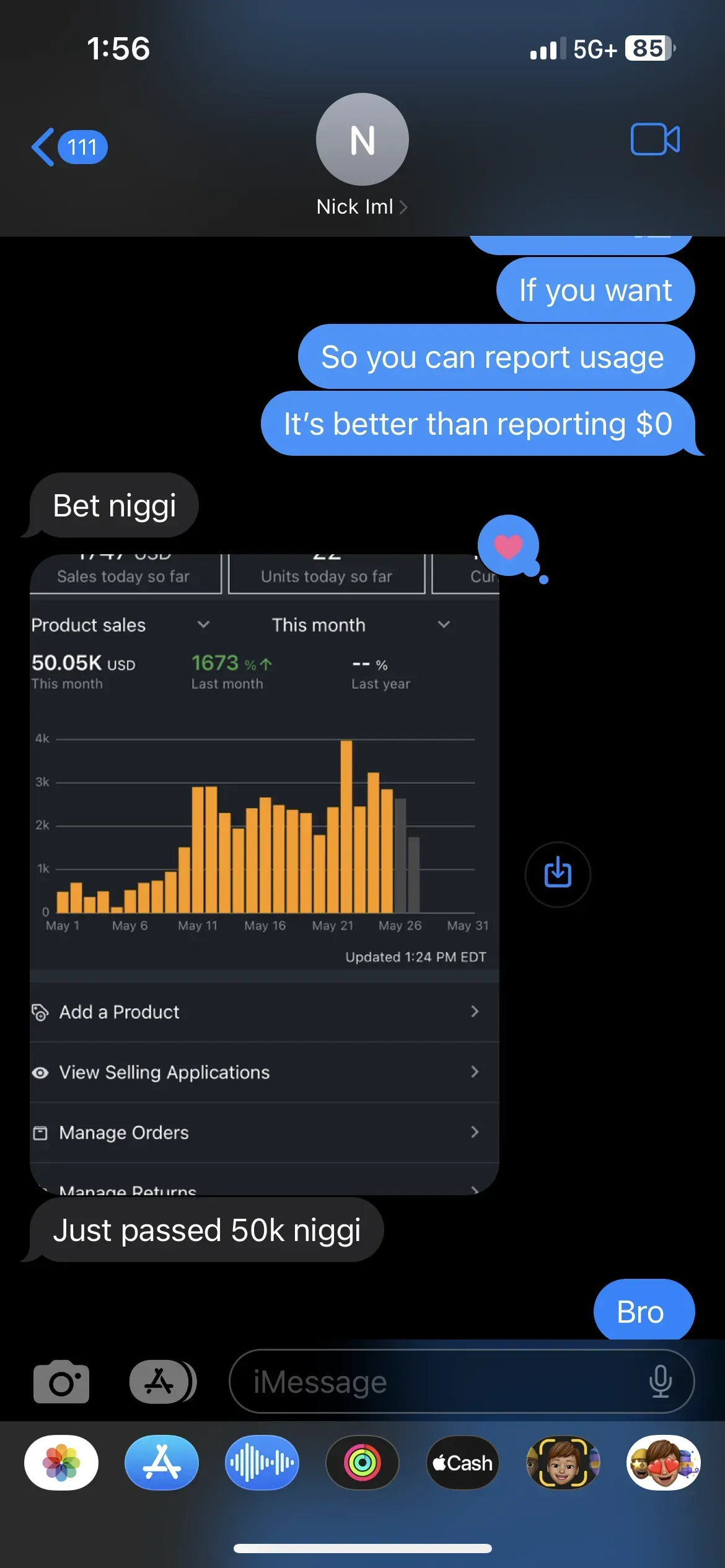
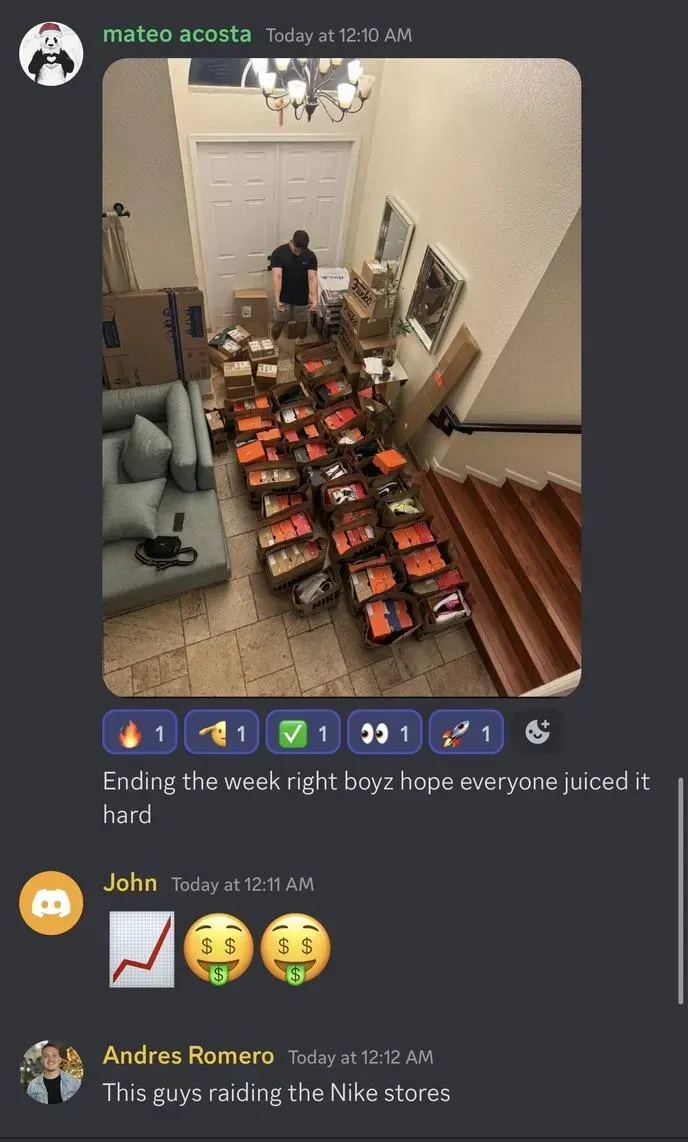
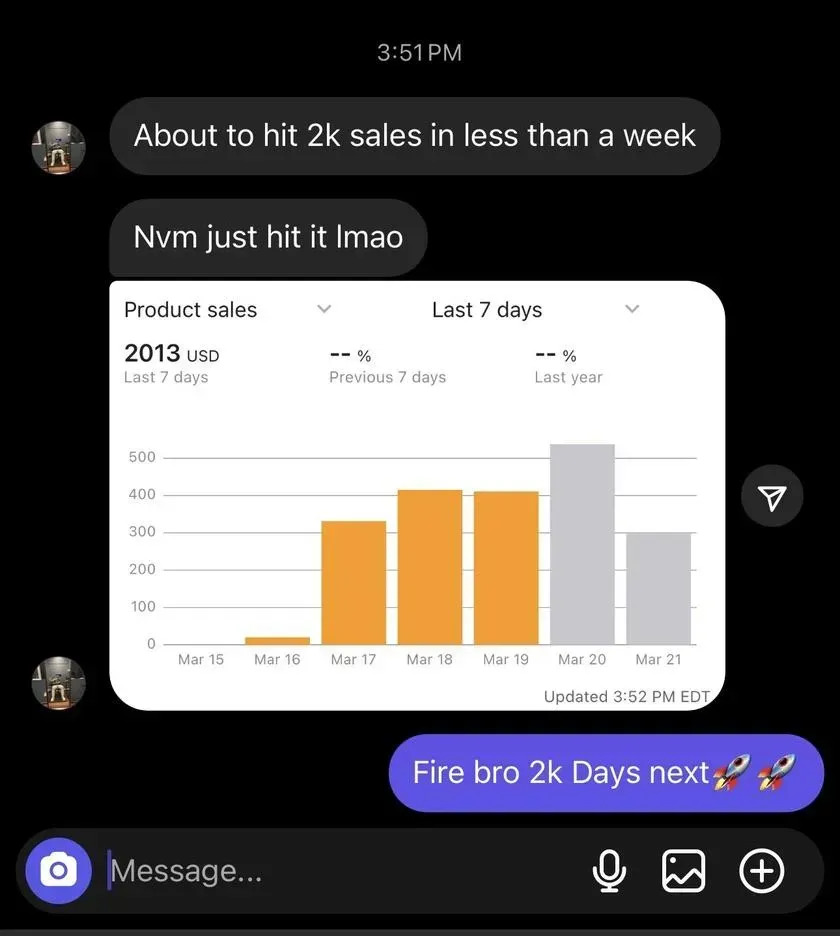
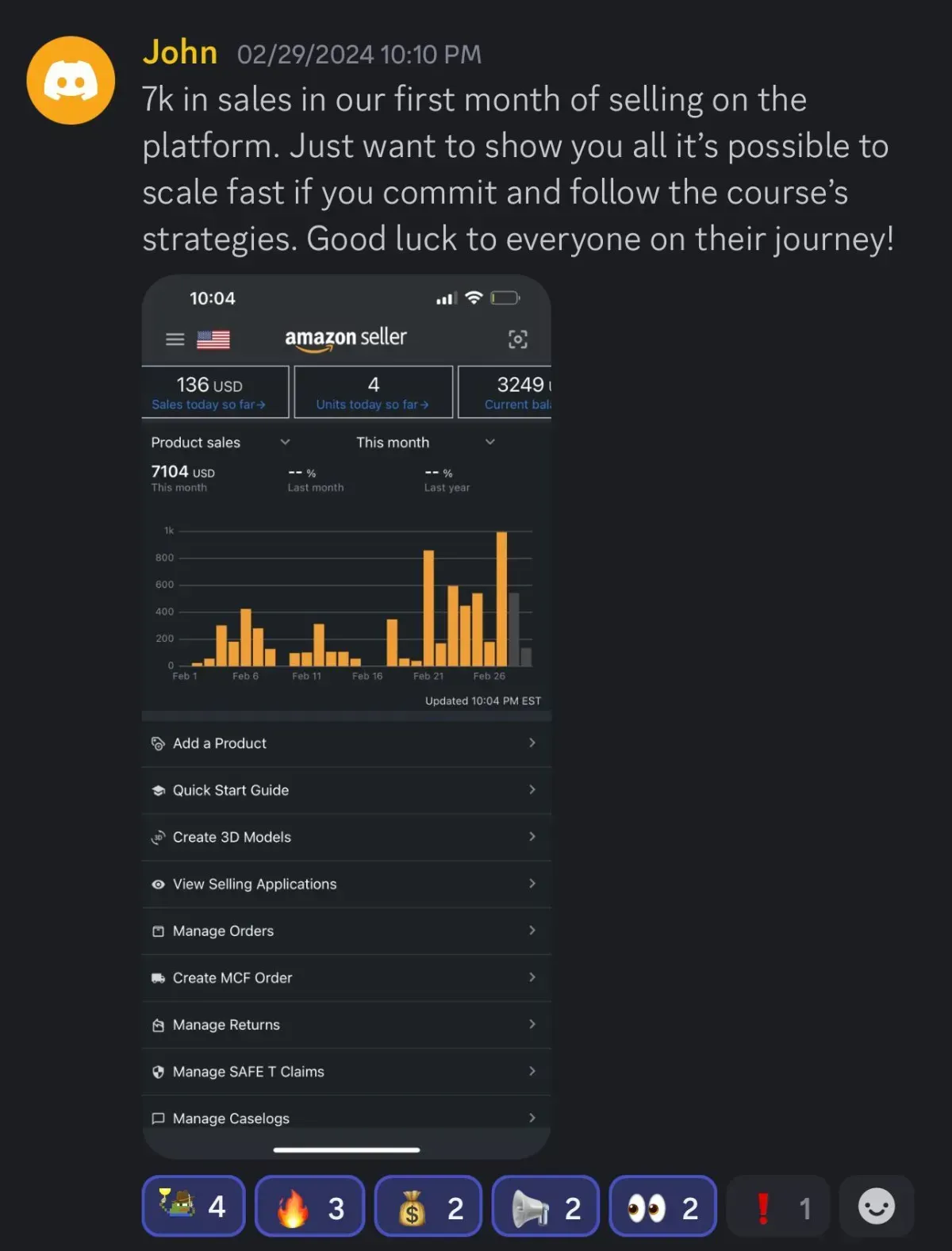

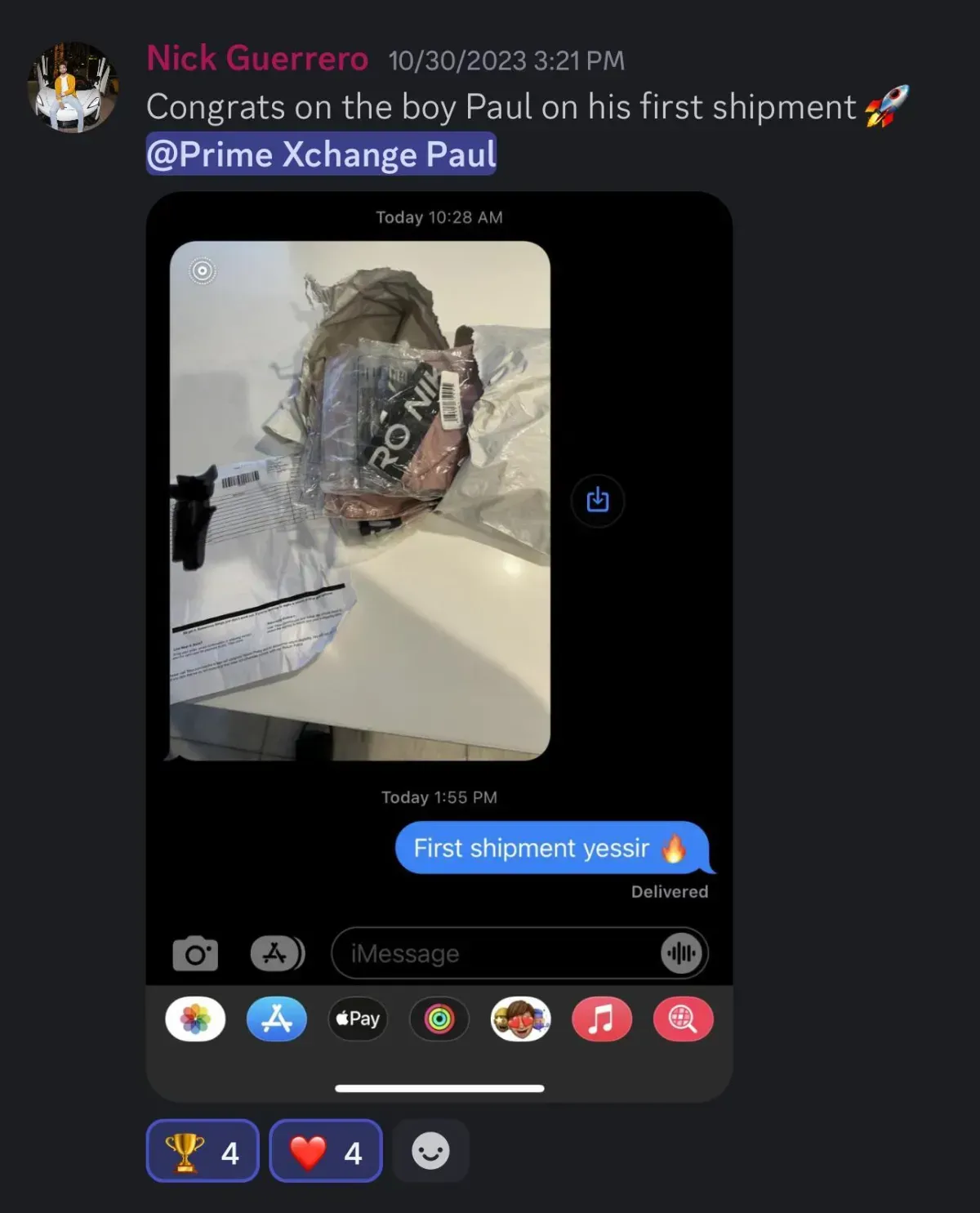
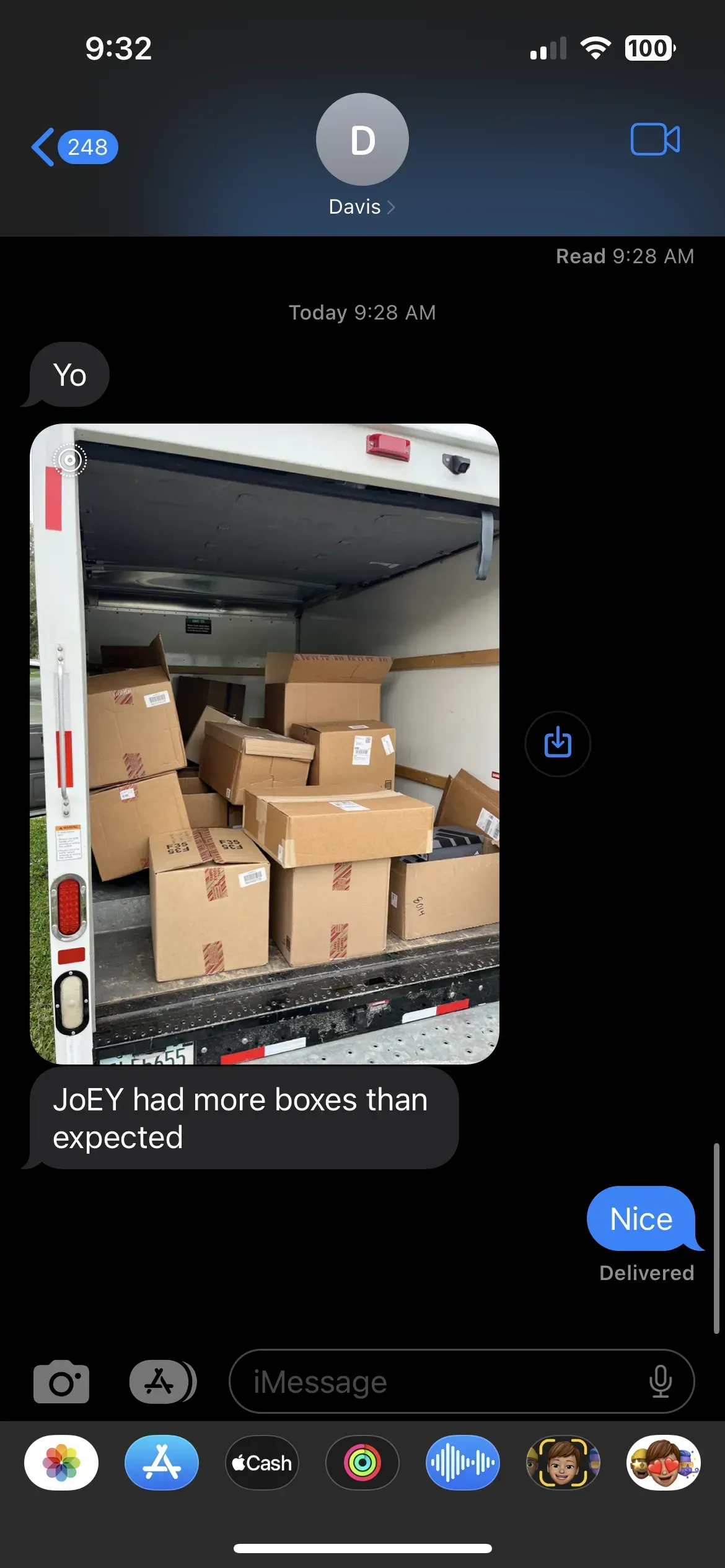
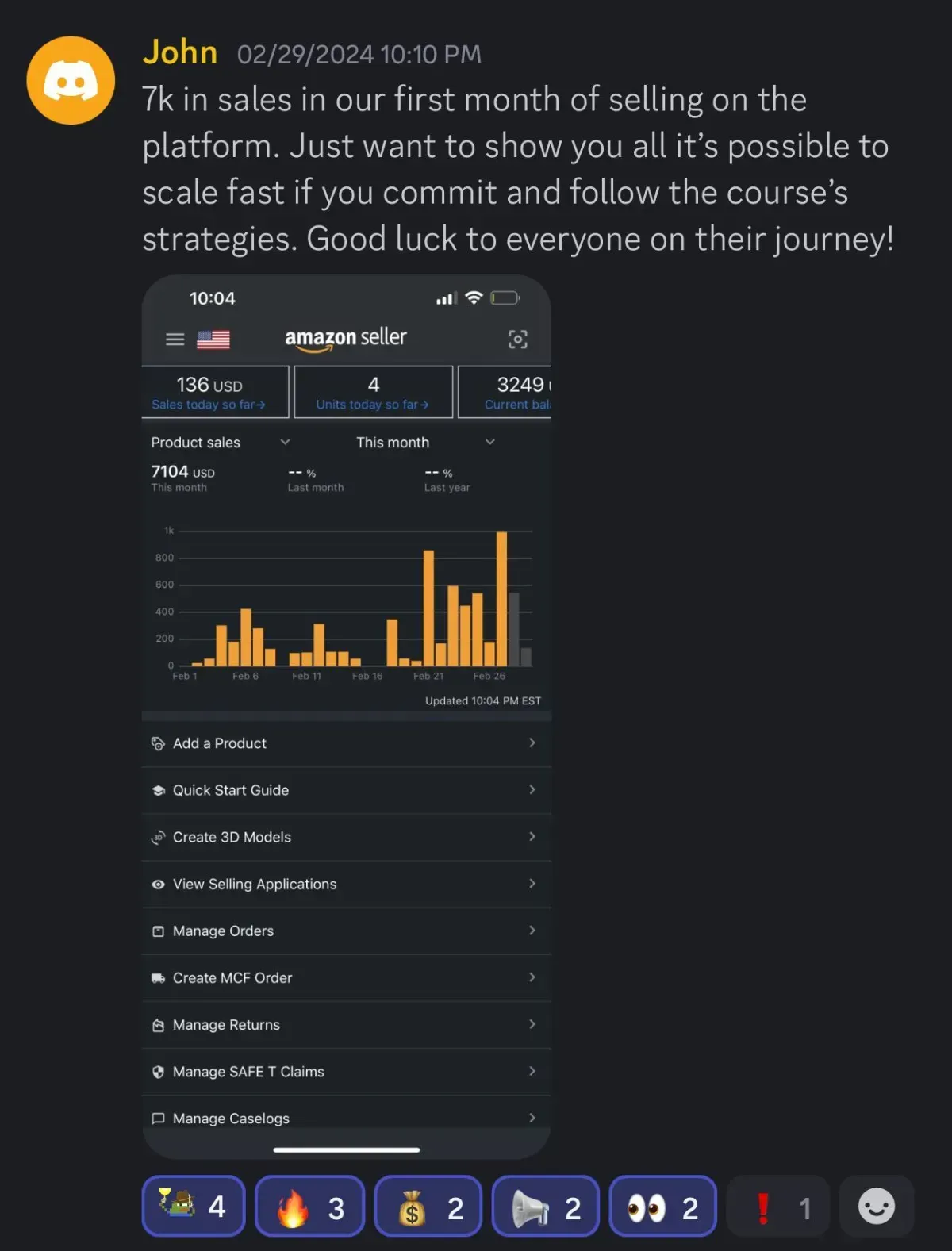
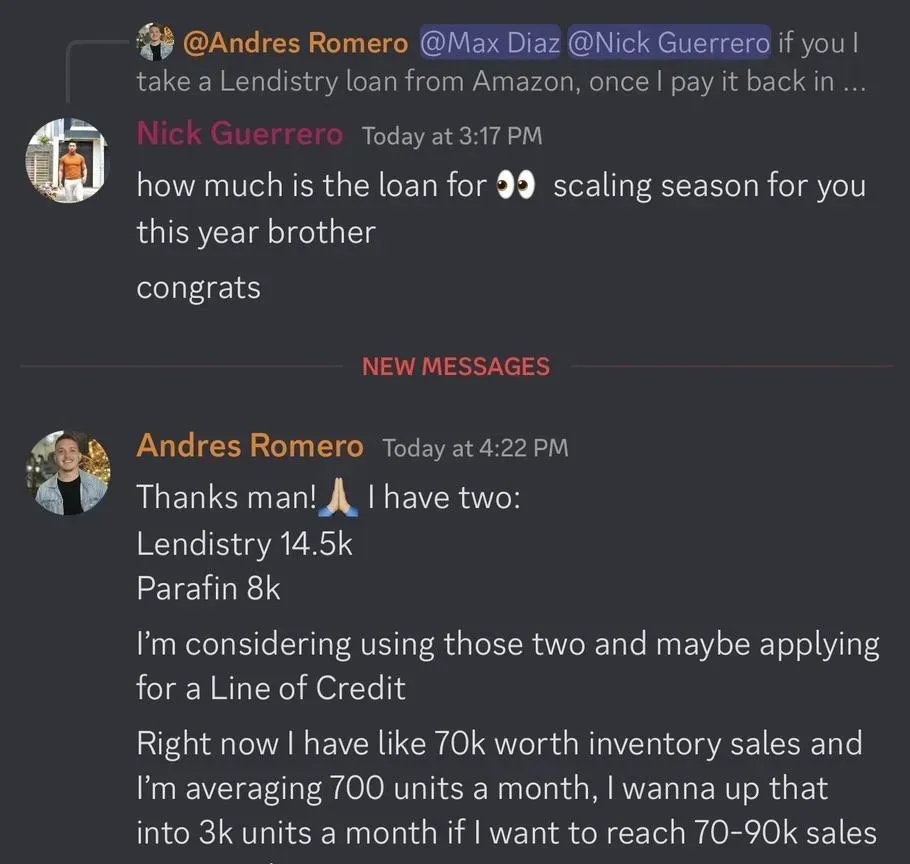
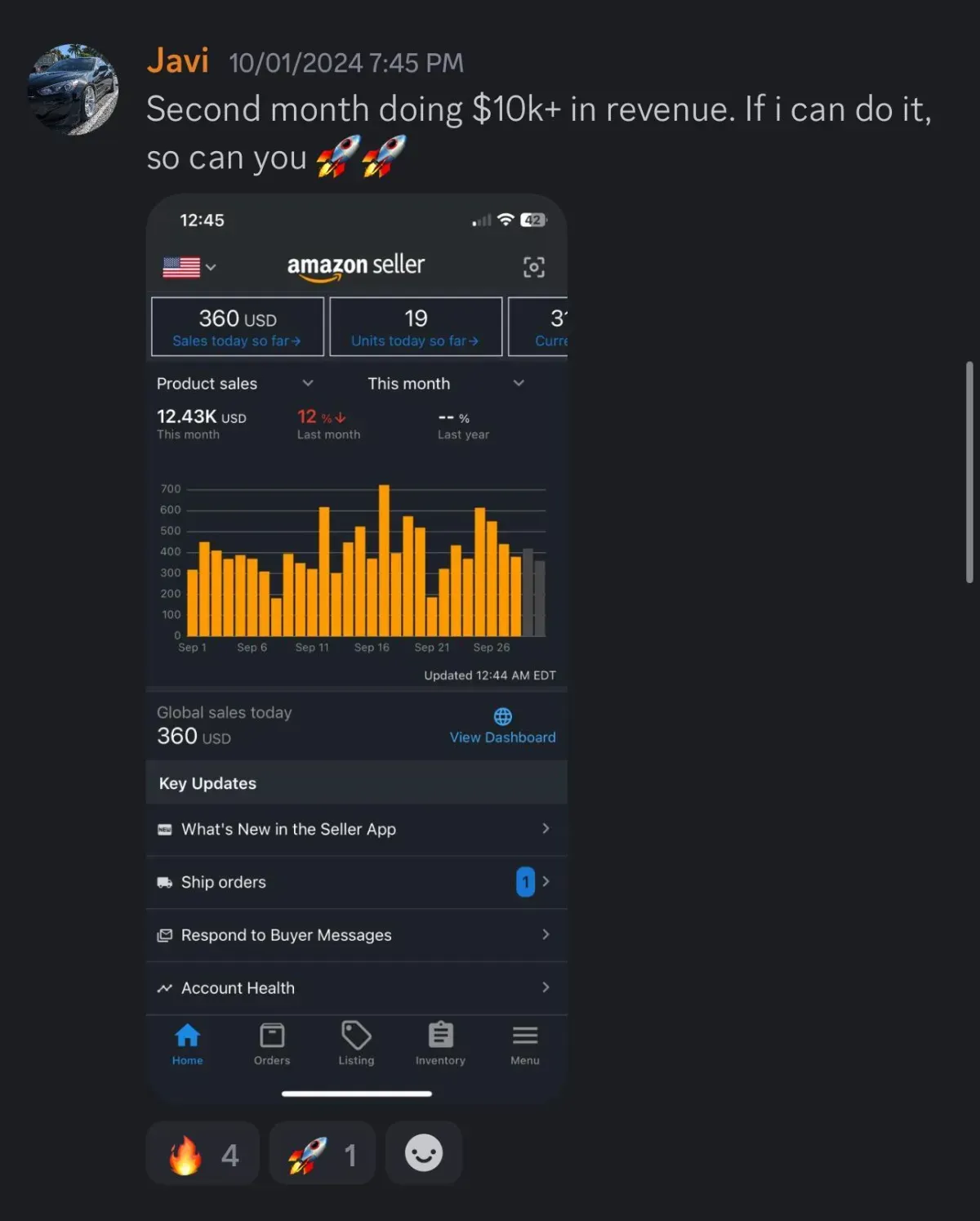
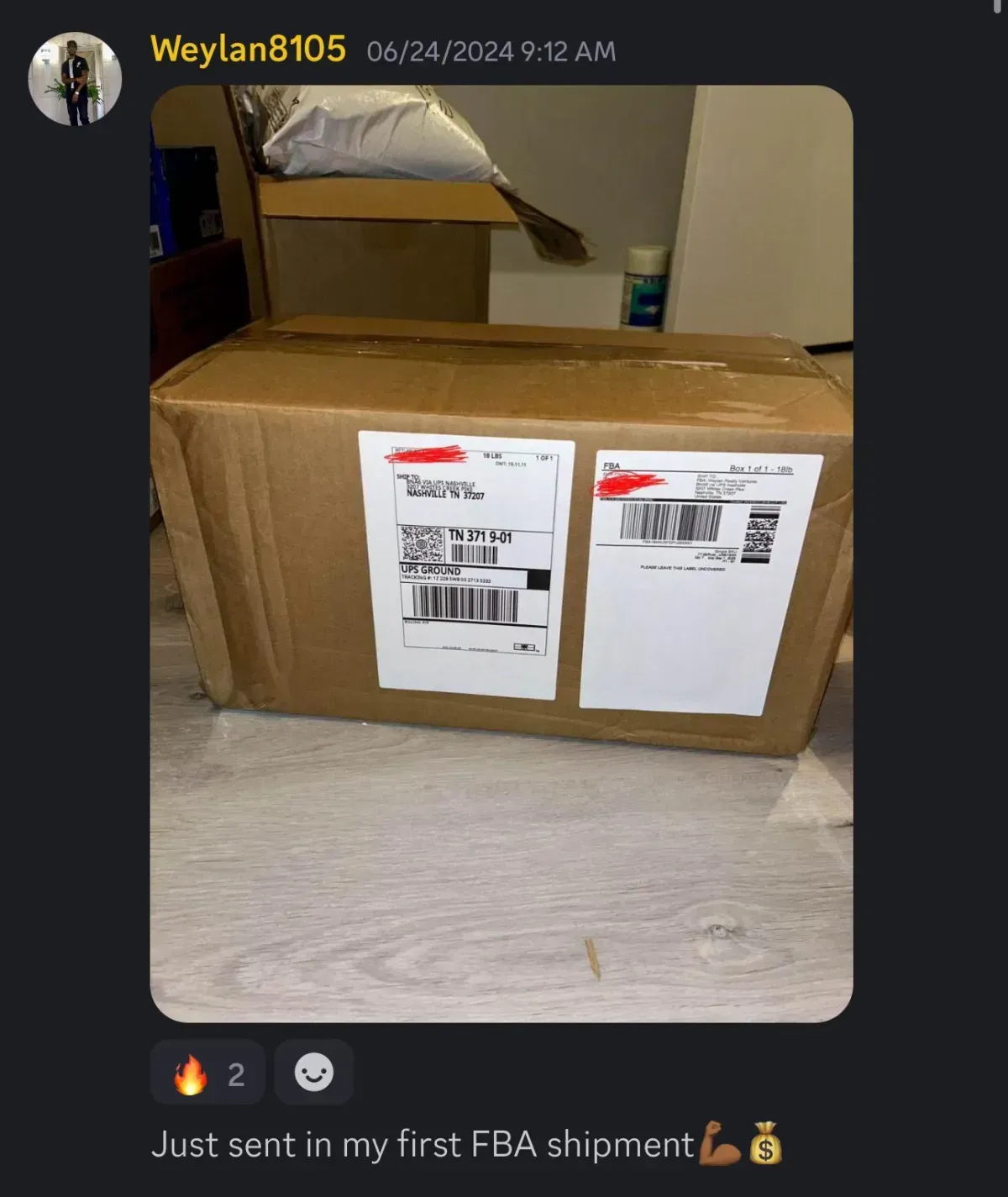
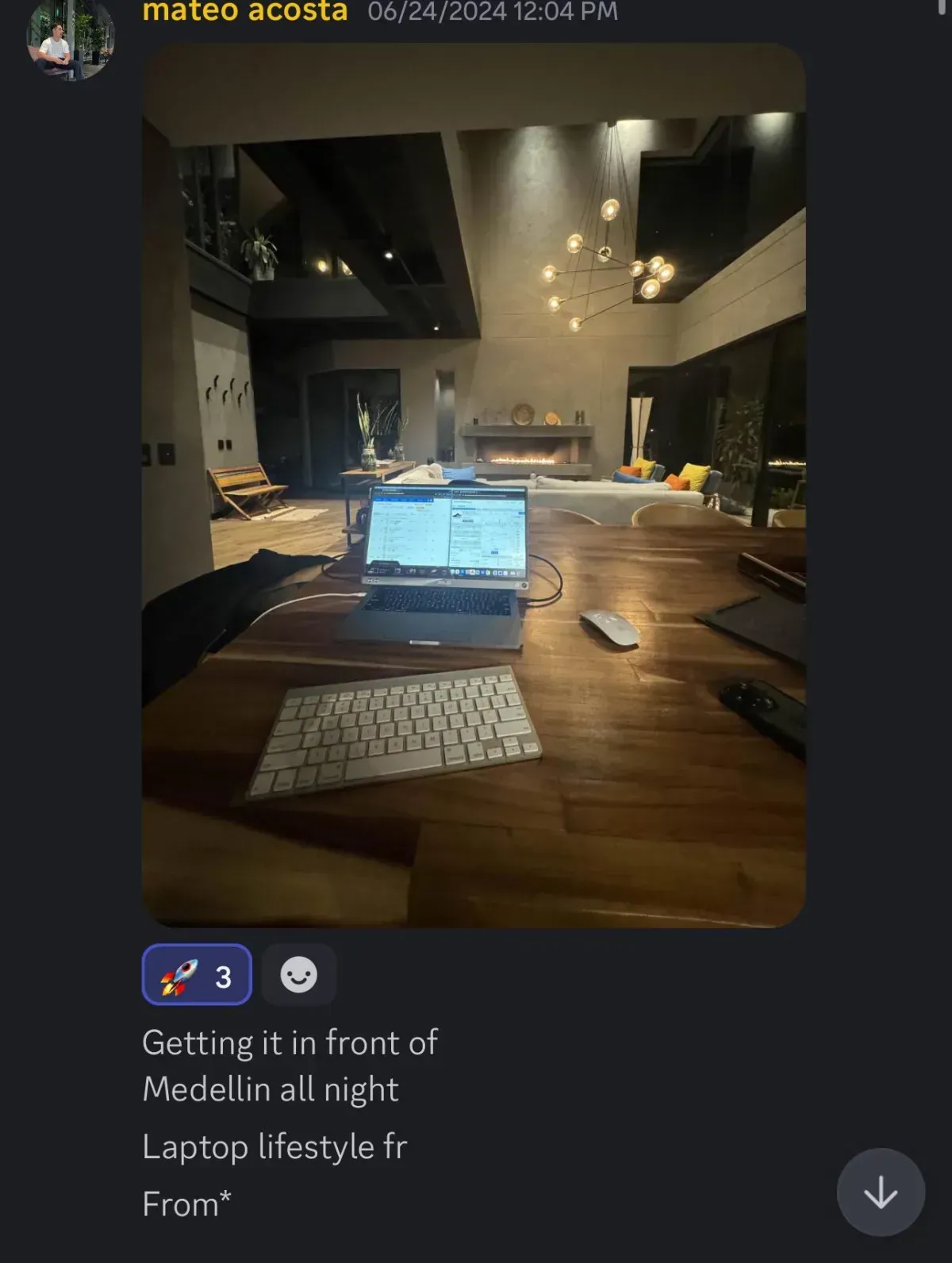
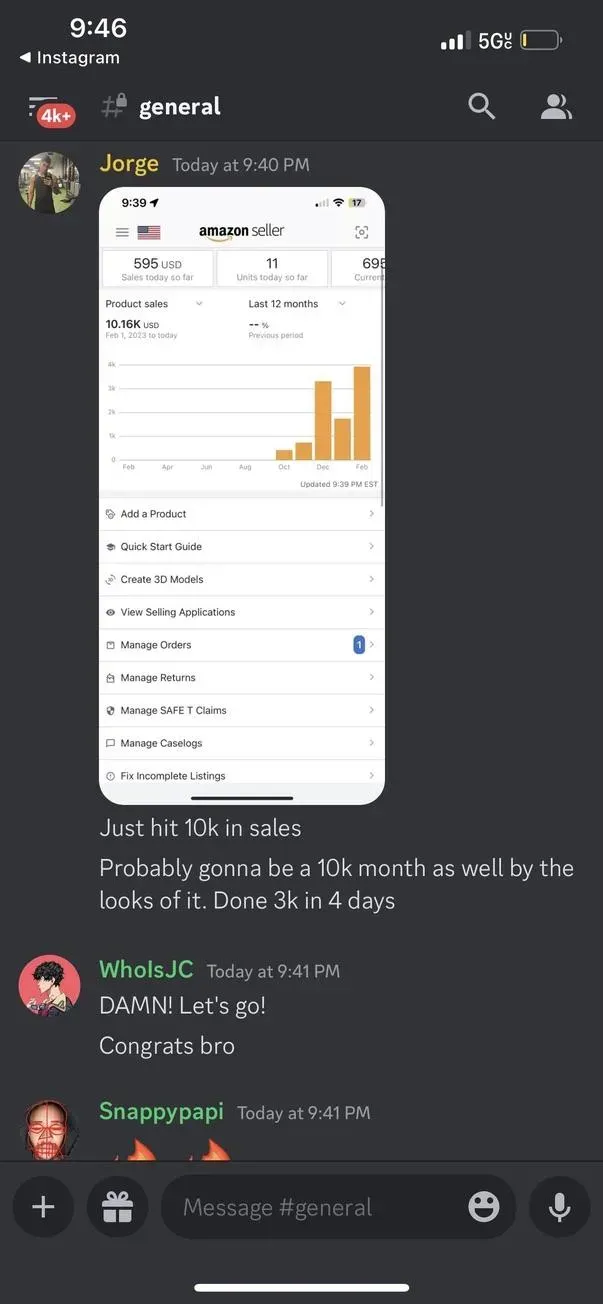
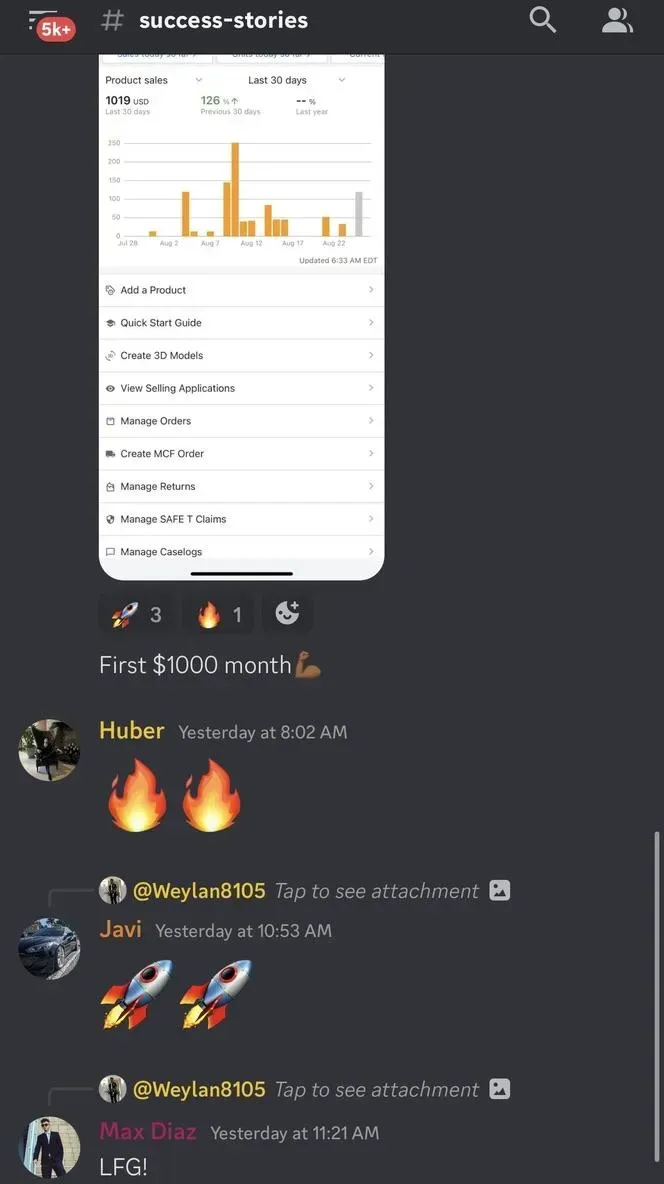
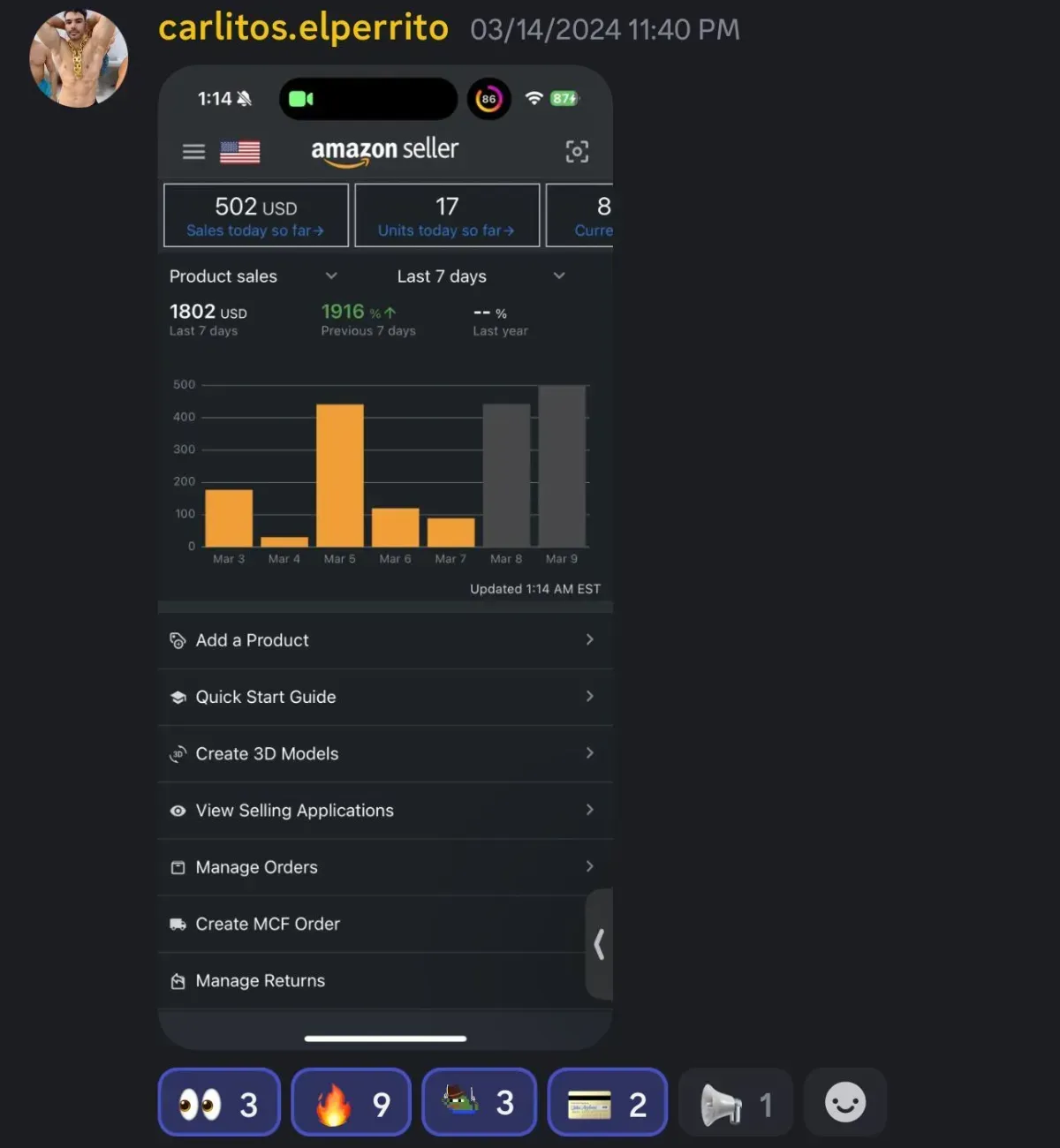















What will we help you with?
We will go over the same techniques that I used to go from $0 to over $1,000,000 and that I still use to this day.

Sourcing
We will teach you how you can profitable products to the point where you can do it in your sleep!

Strategies
5+ strategies on managing your Amazon account and making more money.

Hand-holding
Constant contact with me in which I will guide you all the steps of the way of your own tailored personal goals/plan

Step by step Guide
30+ hours of content going over from beginner to advance 7 figure seller.

Funding
We will give you insights and even help you gain tens of thousands of dollars to use for your Amazon business!

Community
Discord Community of other 6-figure and 7-figure Amazon sellers!

Accounting
CPA of 6+ years of experience specializing in E-commerce within our community!

Scaling
Helping you with automating and delegating your Amazon store so you can have it all work on its own.

Accountability
We will hold you accountable so you can reach the goals you want.
Why am I teaching this?....
What you will learn from me is what took me from depressed at my job
and forced to work there to pay my bills to being able to quick and now running a 7-figure Amazon store
from my laptop.
I remember watching hours of free content on different ways to make money online, but it was getting me nowhere. It felt like every opportunity was too complicated to figure out...

So, I paid someone to teach me how to make money from my computer, only to end up scammed and broke. After losing so much time, I doubted if making money online was possible. I would watch countless young people online buying their dream cars and houses for their families while I was stuck in a job I hated just to pay bills.
After being denied a promotion at work, I desperately wanted to quit my 9-5. I went all-in. A friend of mine had showed me the concept of Amazon FBA and I realized this hidden secret.
Within 59 days, I sold $73,951 worth of products. By day 91, I was making a full-time income on Amazon FBA and did not need to work a job ever again.
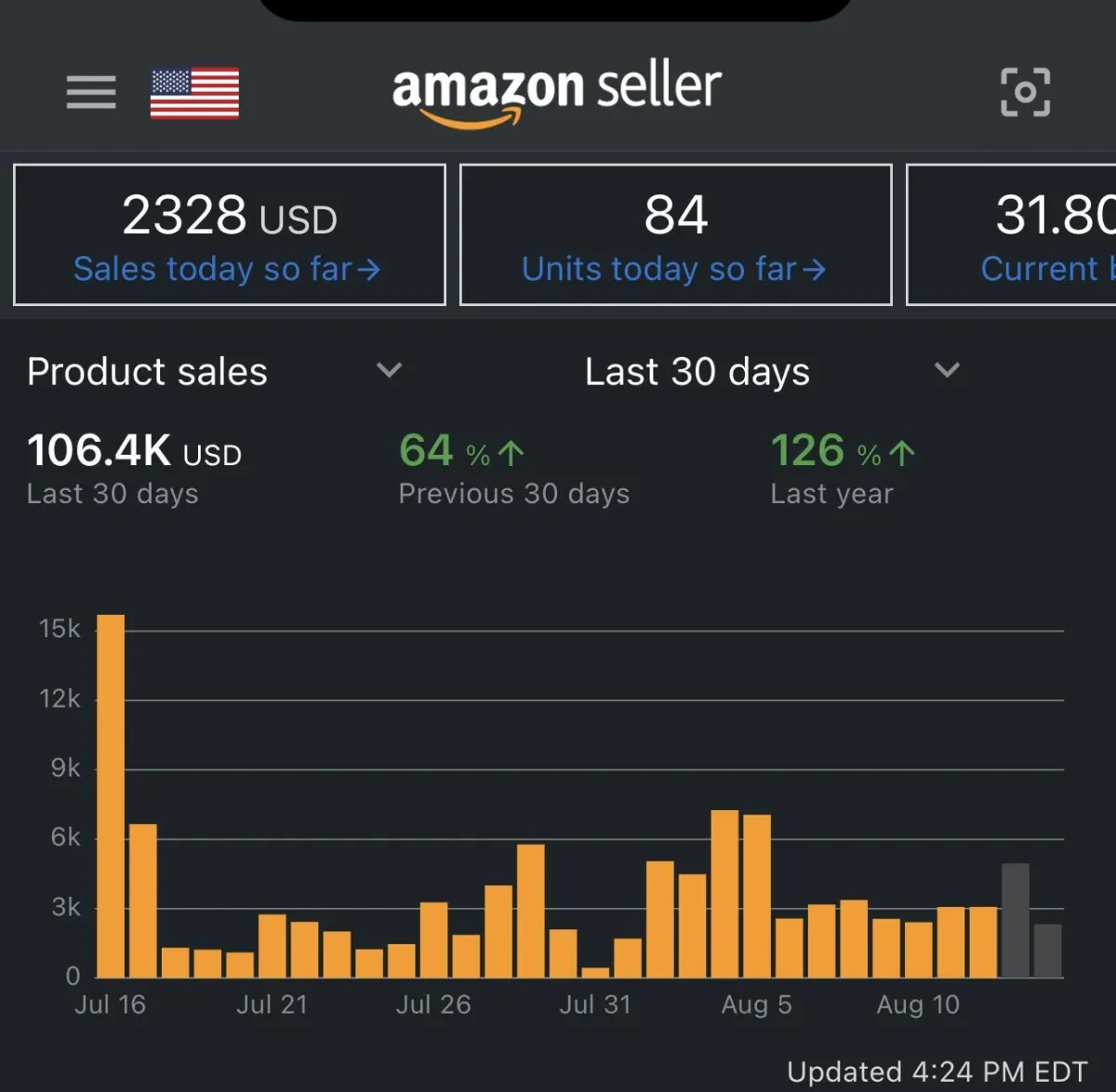

I use to not want to show anybody this "hidden secret" but I realized that I would need to have billions of dollars for me to buy all the products that are out there. Which is pretty difficult, some would say. Also I have created partnerships with a lot of my students like Julian, Joseph, and Javi who are all partners with me in my warehouse.
There is more than all of us can pick at. Which is great because we can all win together.
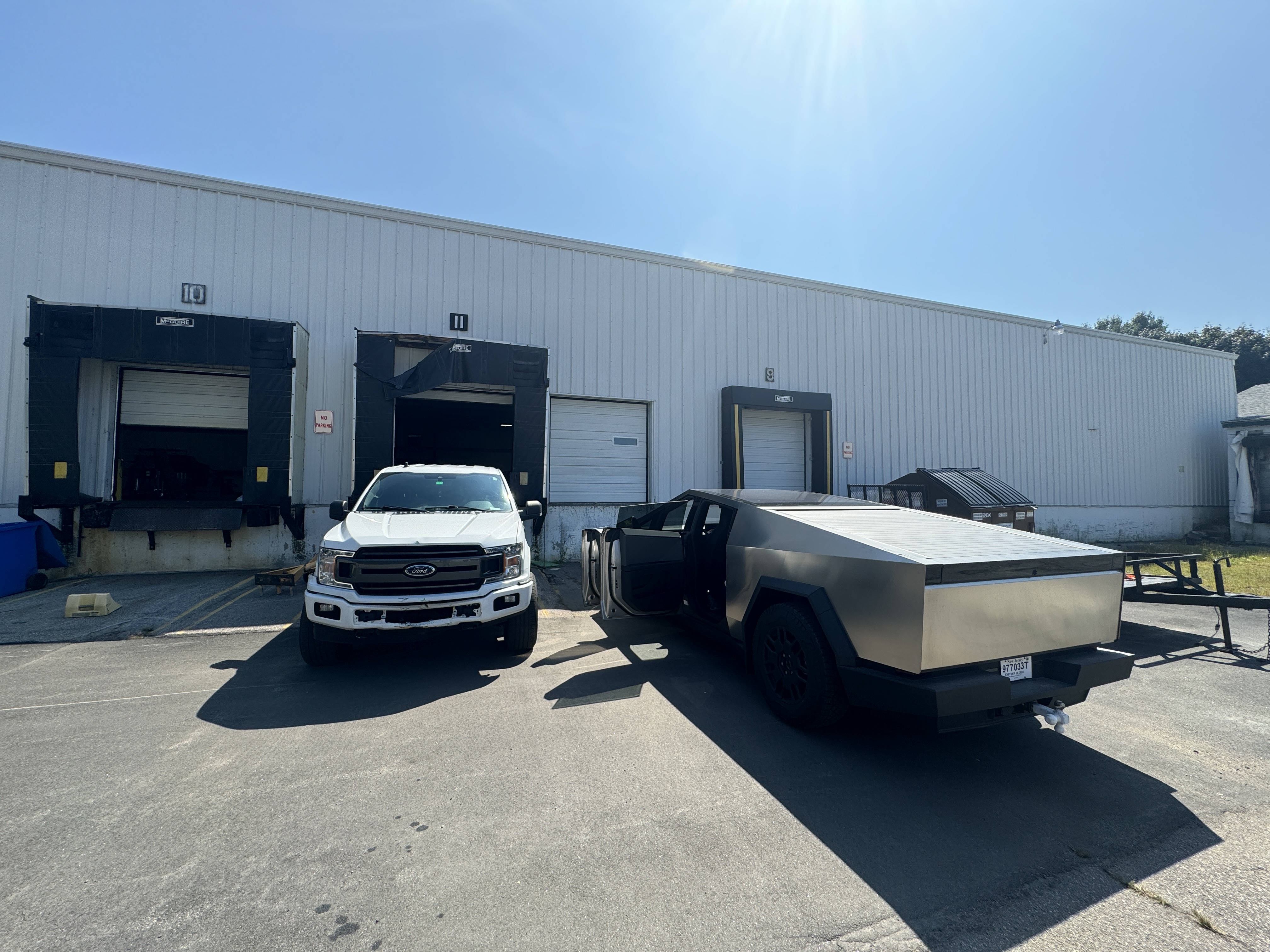
Humble Beginnings....
What you will learn from me is what took me from depressed at my job and forced to work there to pay my bills to being able to quick and now running a 7-figure Amazon store from my laptop.
I remember watching hours of free content on different ways to make money online, but it was getting me nowhere. It felt like every opportunity was too complicated to figure out...
So, I paid someone to teach me how to make money from my computer, only to end up scammed and broke. After losing so much time, I doubted if making money online was possible. I would watch countless young people online buying their dream cars and houses for their families while I was stuck in a job I hated just to pay bills.
After being denied a promotion at work, I desperately wanted to quit my 9-5. I went all-in. A friend of mine had showed me the concept of Amazon FBA and I realized this hidden secret.
Within 59 days, I sold $73,951 worth of products. By day 91, I was making a full-time income on Amazon FBA and did not need to work a job ever again.
I use to not want to show anybody this "hidden secret" but I realized that I would need to have billions of dollars for me to buy all the products that are out there. Which is pretty difficult, some would say. Also I have created partnerships with a lot of my students like Julian, Joseph, and Javi who are all partners with me in my warehouse.
There is more than all of us can pick at. Which is great because we can all win together.




